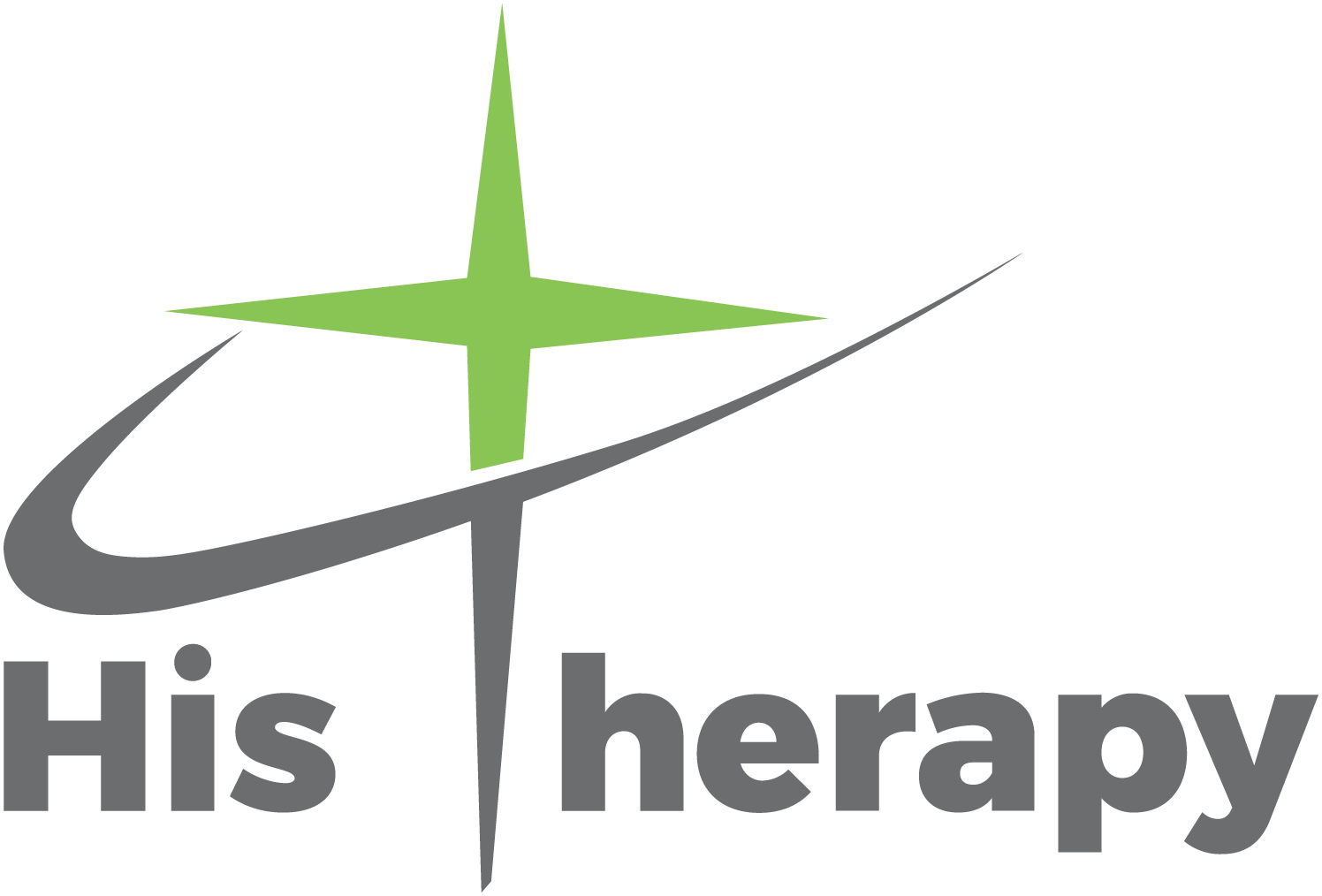Dry Needling Cuts Breast Cancer Survivor's Chronic Pain In Half
Dry needling– not to be confused with acupuncture– is a physical therapy treatment designed to reduce myofascial pain and discomfort, and is one Kizzie Person is very thankful for. This is her story:
Kizzie was diagnosed with breast cancer in March of 2011. She was treated with chemotherapy, a mastectomy, and radiation therapy. Although cancer treatments have saved lives, they sometimes have unintended consequences, and this was the case for Kizzie. After her treatment, she developed a swelling condition called lymphedema. This made her arm feel heavy and difficult to lift. Although the swelling was treated, over time her shoulder became stiff and painful. Coupled with this, she experienced migraine headaches. She tried different things for the pain, including a variety of medications and physical therapy; but it wasn’t until she was referred to a physical therapist who specializes in dry needling that she really saw improvement. Research has shown that dry needling can help:
relieve fatigue
reduce vomitting
reduce pain
help decrease nausea
Dry needling involves inserting long, flexible needles into tight muscles and trigger points. Although this doesn’t sound like fun, Kizzie will tell you that it is. As a result of the dry needling and a few hands-on techniques the therapists used, Kizzie’s pain rating was cut in half from an 8 to a 4 on a 10-point scale.
Kizzie says her neck and shoulders used to be “stiff as a brick”, but not anymore. She is sitting up straighter, with less pain, and is able to lift her arms up again. In short, she is now living her best life following cancer treatment, thanks to dry needling!
Book your appointment with Sabina today to see how dry needling can drastically improve your pain!
